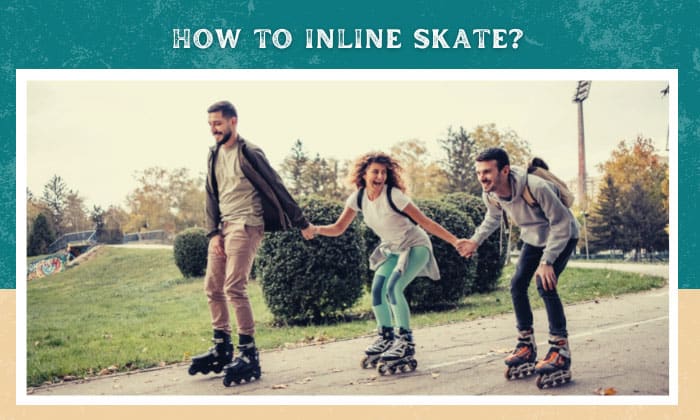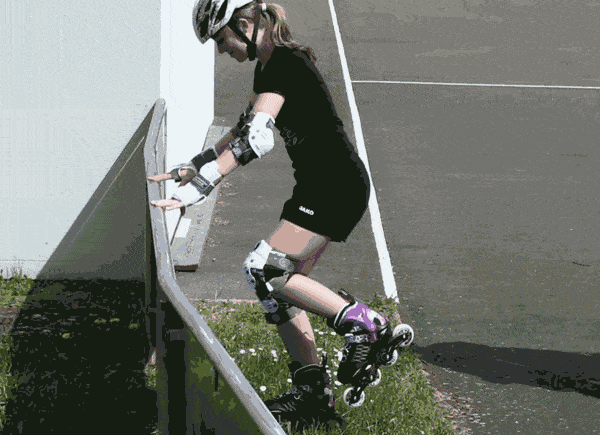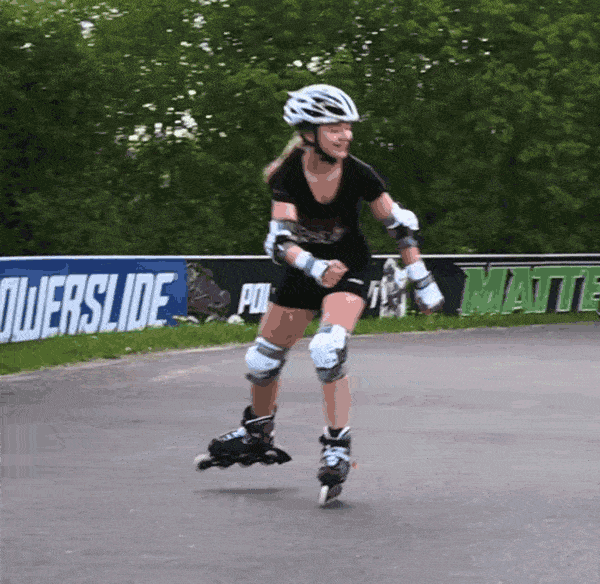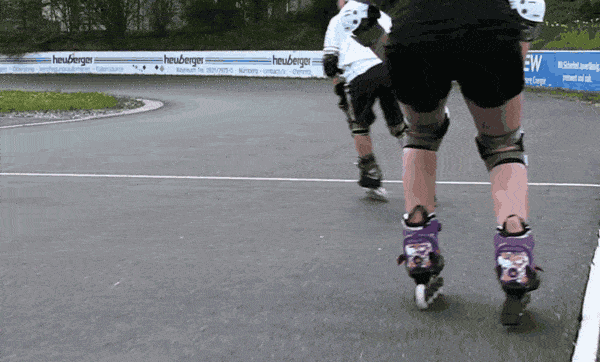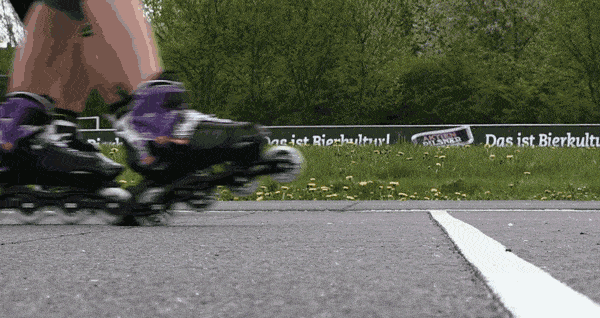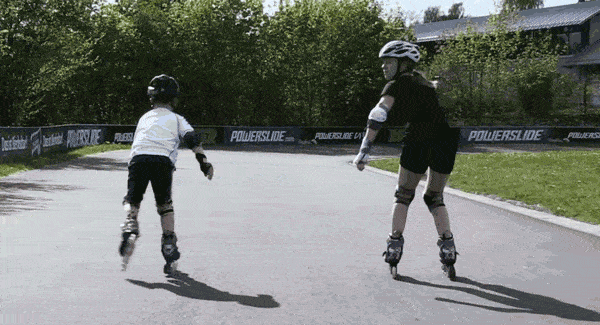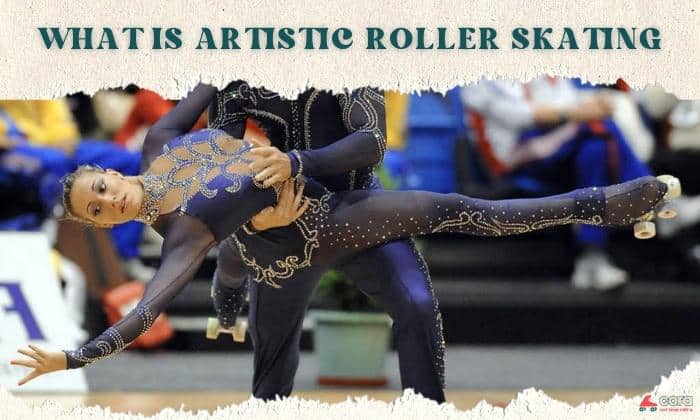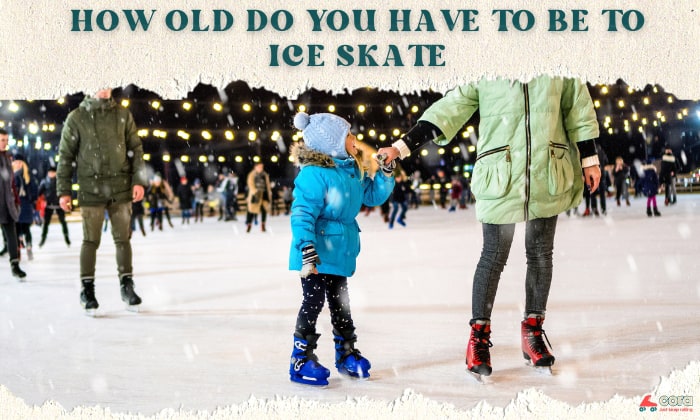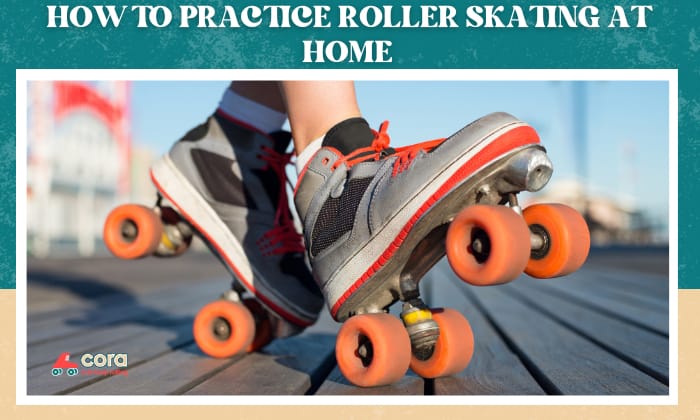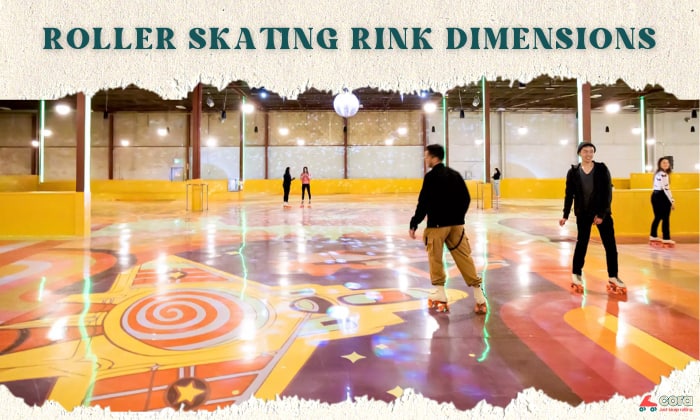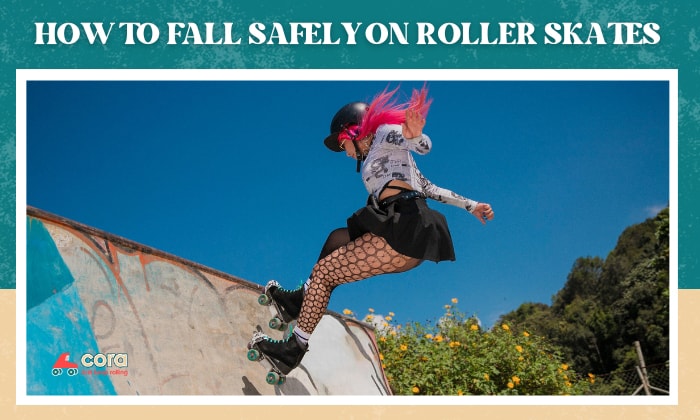Learning how to skate on inline skates can be a great way to spend your time. Inline skating is a type of skating that uses inline skates instead of traditional footwear.
It can be done as a recreational activity indoors or outdoors. Any gender and age can enjoy this sport. You need to nail several rollerblading basics to inline skate well, and we will walk you through them in this guide.
Read until the end for a complete understanding.
Page Contents
Step-by-Step Guide to Skate On Inline Skates
What To Prepare
- A properly fitted pair of inline skates/rollerblades
- Protective skating gear (A helmet, wrist guards, elbow pads, and knee pads)
- A spacious area to practice
Before attempting to learn inline skating, don’t forget to put on your protective gear, as listed above.
Step 1: Learn to balance on your skates
First, you must learn to balance on your skates and become comfortable with the wheels. Find a smooth surface near a wall to practice. Somewhere with a handrail or fence will also work. These can help you stand up.
In a standing position, place your feet in a parallel position, with each foot a few inches apart, and bend your knees. Extend your arms into a V to stabilize. Once you can hold yourself upright, try taking small steps, but make sure you don’t lift your feet higher than 1 inch. Increase the pace as you grow more comfortable.
Step 2: Shift to pushing off in your skates
Next, add a bit of power to your motions to go from walking to pushing. Step with one and push off with another, and alternate. Here, the trick is to pay close attention to where you place your weight, which should be re-distributed from heel to toe as you push.
During this, your heels should be pointed toward each other so your feet are set up like a V. Make sure you do not open your feet too much. The more open they are, the faster you accelerate. But at this point, you do not want to go fast yet.
Step 3: Learn to make turns
A big part of inline skating basics is making turns. You can do this by going around a curve with your knees bent, and body weight shifted into the curve. After turning, straighten your body again.
Another way to turn is using the “A-Frame” inline skating technique. Space your feet about a shoulder’s width apart, but angle them inwards. Let the respective inner edges bear the pressure and weight to make a left or right.
Step 4: Learn to brake and control your speed
After learning how to traverse, you need to know how to brake. If your skates have brake pads, this will be easy. Lean backward in a low position while lifting your toes and grinding your heel to slow down. A tip is to think of it as sitting down.
You should practice on flat grass or a carpeted surface first. Transition to rolling surfaces, such as an outdoor court, after you have become comfortable with pulling to a halt. During this step, you will also be able to practice controlling your speed. This is an essential skill for beginners learning to inline skate.
Another way to stop on your skates is by dragging one foot in a scissoring position. However, the key here is to not actually place your dragging foot directly behind the other. It should be slightly to the slide, resembling an L shape. At the start, your weight should be on the non-dragging foot. You can shift it to the dragging foot as you progress.
It is possible to stop by pushing your skates out in an arc, then ending with the toes meeting too. In inline skating training, this is referred to as the “Plow Stop.” To perform it properly, you need to make sure your shoulders and hips are aligned.
Step 5: Advance further by learning spins and tricks
After mastering standing, gliding, turning, and stopping, you can advance your skills by learning how to spin and do tricks.
For the former, simultaneously lift the front wheel of one foot and the rear wheel of the other. It will take some time to master, but be patient and practice diligently.
You can even go further and practice jumps. But before that, for tricks, you might want to learn how to skate on one foot or backward. They are simple inline skating drills that can help hone your skills.
- Skating on one foot
Bend your knees and scissor your feet to get into the proper stance. Push forward using the center edge and set all your weight on one foot. At the same time, levitate your other foot.
To stay balanced, extend your arms to the sides. Another option is to offset the weight with your levitating foot. You can also make small moves with your skating foot to remain stable. It is best to be comfortable with all three methods.
- Skating backwards
Apply the inverse of what you have learned above about skating forwards, and make sure to keep your knees bent and look backward. Turn both your shoulders and head. You can further your backward-skating skills with backward lemons and crisscrosses.
Then, try doing crossovers. Also called step-overs, these are basically side-gliding while crossing your legs at the same time. It helps to become used to the motion at home without skates first.
Make sure you are able to do them in any direction. Once you get the hang of crossovers, you can use them to change directions quickly and gain speeds.
Beginner Inline Skating Tips
Tip #1: Gear Up Properly
First, you need a pair of inline skates that fit. It should be snug without causing discomfort.
Next, equip yourself with protective wear. This includes a helmet, wrist guards, elbow pads, and knee pads.
You should also be mindful of what you wear. Protective but breathable clothes are ideal.
Tip #2: Know How To Fall
Although the goal is to not fall while skating, it happens. Falling is almost an inevitable part of learning how to use inline skates. So, to minimize the consequences, there are some things to keep in mind.
Bend your knees and extend your arms when you fall. Try to fall forward on your knee pads and other protective gear to lessen the impact. It is also easier to get back up in this position.
Tip #3: Stay Alert
For your own safety and those around you, it is essential to always stay alert while inline skating. This is especially important in public spaces, like parks. Make sure you do not clash into other people to avoid causing and sustaining injuries.
Tip #4: Always Strive For More
You can always take your skating skills to the next level. So, stay hungry for progress! Tackle the basics and continue progressing higher and higher. New tricks emerge every now and then. You do not have to worry about running out of new skating skills to explore and develop! It is best to commit to daily inline skating drills.
Frequently Asked Questions (FAQs)
Is it hard to skate on inline skates?
Learning a new skill is always hard, and inline skating is no exception. But there are some good reasons many new skaters feel like rollerblades are easier to become familiar with.
For starters, inline skates have long frames and wheelbases that make them easier to balance. These also reduce the chance of wheel clipping. Furthermore, inline skates generally come with brakes that ease the stopping process.
Inline skating vs. roller skating. Is inline skating good for beginners?
Yes! Inline skating is excellent for beginners because they are easier and safer to use. They have a longer frame and wheelbase, which offers stability and helps skaters pass over obstacles, such as cracks, bumps, and rocks. As a result, the learning curve will not be too steep.
Inline skates are also incredibly versatile. You have plenty of options to choose from.
How do I get better at inline skating?
As the saying goes, practice makes perfect. No one becomes an inline skating star overnight. Mastering inline skating is a process. It takes time and effort. You will have to work up a sweat!
However, rest assured that it will be worth it. To make sure you continuously get better at inline skating, consider enrolling in inline skating lessons. You can make inline skates more comfortable by watching inline skating videos online and following tips on inline skating techniques from Reddit skaters.
Conclusion
Learning how to skate on inline skates is not easy, but now you have a rough idea of how to go about it. Tackle the essentials first, then advance gradually.
Remember that skating is a process that you must invest time and effort in. Be patient with yourself, and do not expect to become a master overnight.
Aside from the basic skills and helpful tips we have provided in this guide, you can get valuable insights from our other blog posts. We share loads of skating information!

Harrison is a skating enthusiast who picked up the sport during her student exchange years in Canada. She has been a skating coach for children and teens for 3 years and now holds classes as a freelancer. Harrison entwines her experience leading skating classes in the content published on Cora to help readers fall in love with skating, just like she did.


